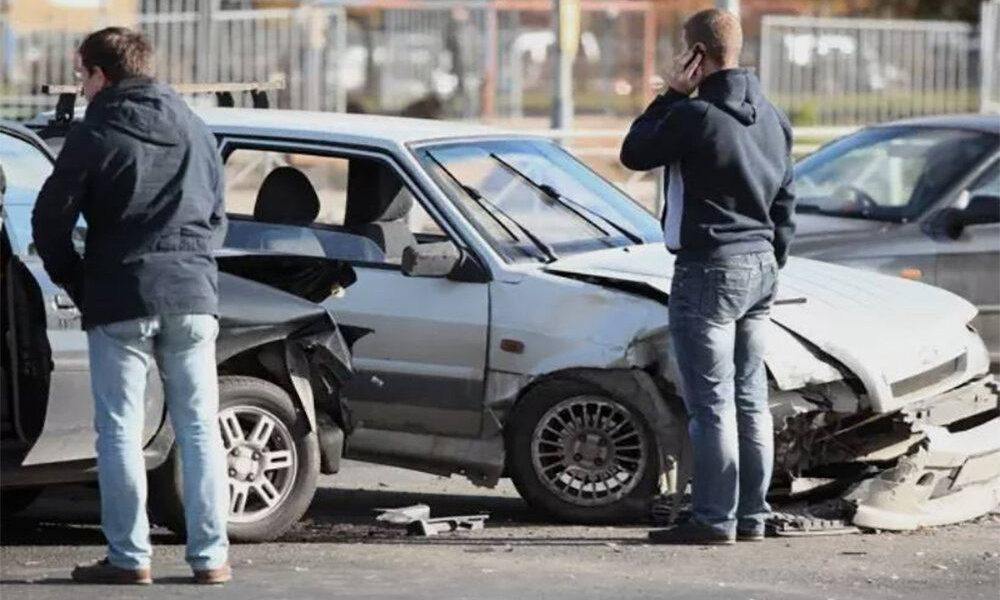Do you start to panic any time you think about how to do first aid? Being in charge of someone’s life and health is something to panic about. Actually, the most important thing during situations like these is to stay calm and clear-headed. It’s easier to say than do, isn’t it?
Because of the big interest in this topic, we’ve decided to create a guide that will help you to react properly in situations when you have to apply first aid. It’s difficult to collect all the harms and injures that might need first aid in one article. That’s why we’ve divided the topic into two parts.
In this article, you will find more on how to do first aid for injuries and harms like stopped heart, bleeding, burns and frostbite.
First Aid guide for stopped heart
This is a very serious situation because as you know if the heart stops the person will die. You can save a person’s life if you take proper action. There are 4 crucial steps to take:
- Ask someone around to call 911 and report the case;
- Start with chest compressions on the person. The technique of chest compression is easy to learn. Use your both hands to push down hard and fast in the center of the person’s chest. It’s important to lift your entire body weight off the patient in between each compression and don’t let your hands bounce.
- If you have handy AEDs use them in the combination with chest compression. AED is an automated external defibrillator, that helps people experiencing sudden cardiac arrest.
First Aid guide for bleeding
How to help someone who is bleeding depends on the place the blood comes from. The color of the blood and the way it leaves the body are also important factors when you apply first aid for bleeding. According to these criteria, we can divide the first aid steps into 3 groups:
Capillaries bleeding
This kind of bleeding is not dangerous and usually stops on its own after a short time. The most common capillaries bleeding is from the nose. You can use cotton to absorb the blood and prevent your clothes get dirty.
Veins bleeding
You can easily recognize veins bleeding by the color of the blood – consistently dark red. In these cases, is important to clean the place where the blood is coming from and cover it with a clean cloth. Hold strong until the bleeding slows.
Arteries bleeding
This is the most dangerous injury because the arteries are in charge of carrying oxygen. You can recognize if they are injured by the bright red blood that spurts out. This bleeding is very fast and the person loses a lot of blood in a short time. To slow this before the ambulance arrive you have to hold the source of bleeding with pressure.
First Aid guide for burns
Burns is one of the most painful injuries. There is a big possibility that the person won’t be able to recover to 100% after a burn. That’s why first aid action is very important. There 3 types of burns according to the layers of the skin that are affected:
First-degree burn
Usually, this kind of burn is small and surface. It causes only the first layer of the skin. The effects are redness and swelling. There is a very small possibility of scars after the skin gets recovers.
Second-degree burns
This kind of burn might be very dangerous if it’s on the face, hands, feet, genitals, buttocks, or over a major joint. It causes two layers of skin and the recovery takes longer.
Third-degree burns
This is a major burn because it affects deeper layers of the skin. In most third-degree cases, cause numbed skin and lifetime scars.
If you come across a burning person during a car accident you have to immediately call 911. You can apply first aid by flushing the burn area with cooling water. Using ice is not a good idea. Instead that, you can put aloe vera on the burned area.
First Aid Guide for frostbite
Although frostbite is the opposite of a burn, the damage it causes to the body is similar. Frostbite is caused by hypothermia that happens when a person stays a long time outside the cold.
First aid in these cases is very crucial. You can warm the person before the ambulance arrives. The best way to do this is by putting the frozen area in warm water for 20-30 minutes. Don’t make the mistake to rub the affected area or warm it with dry heat sources. Instead, you can wrap the area with bandages.
Knowing how to apply first aid to different injuries is very important for drivers and road participants. These skills are vital for life-saving during a car accident. Stay tuned for the second part of the article where you will learn more about other first-aid competencies.

My name is Rebecca McCarthy and I am an American girl with British heritage residing in the beautiful city of Nashville, Tennessee. I have always had a keen interest in cars, particularly brand new ones that showcase the latest technology and design features. I am also passionate about travelling and experiencing new cultures, as well as enjoying hot summer days with friends and family.



